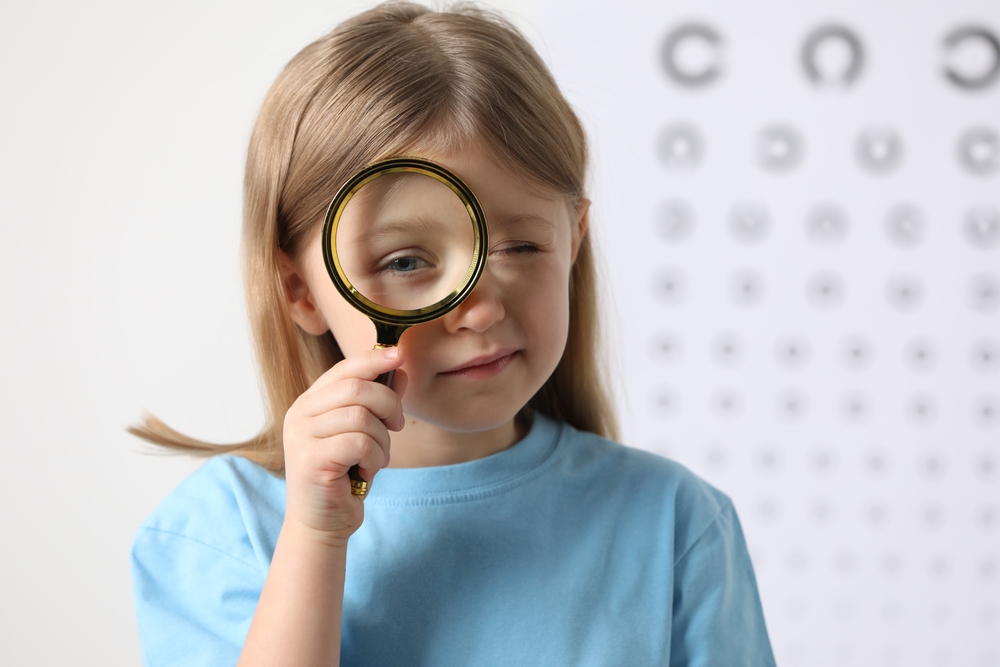
What is Myopia?
Myopia or nearsightedness, is an ocular condition where distant objects appear blurry but can be seen clearly at near distance. Myopia is an increasing epidemic that can significantly affect a child’s daily life and ability to learn if left uncorrected. It can impact things such as:
Academic Performance
Unable to see the board: Children with myopia may struggle to see what's written on the classroom board or projector screen, making it harder to follow the lesson.
Difficulty concentrating: Poor vision can lead to decreased concentration, slower reading speeds, and can potentially affect performance on exams and homework assignments.
Lower reading comprehension: Although near vision is typically better than distance vision in a myopic child, eye strain and fatigue can develop with prolonged close work such as reading and writing.
Social and Emotional Well-being
A child with poor vision might feel inadequate or frustrated, which can affect their self-esteem. This may lead to withdrawal from group activities that require good distance vision such as sports, potentially limiting social interaction.
Difficulty in Sports
Poor Hand-Eye Coordination: Blurred distance vision makes it difficult to play sports such as tracking a ball or other players, making sports an unpleasant experience for the child.
Increased risk of injury: Myopia can also lead to accidents or injuries as a result of the reduced spatial awareness and depth perception.
Long- Term Eye Health Risks
Progressive Myopia: Myopia often worsens as the child grows, increasing the risk of severe vision problems later in life, including:
Retinal detachment
Glaucoma
Macular degeneration
Digital Eye-Strain
Children with Myopia may hold screens too close or use them excessively, which can worsen their condition.
Experience headaches or digital eye-strain.
Develop poor posture while using devices.
What Parents Can Do?
Schedule annual comprehensive eye examinations
Consider myopia control options such as:
Orthokeratology
Low-dose atropine drops
Specialized contact lenses
Encourage daily outdoor time—research shows that spending time outdoors can slow the progression of myopia.
Ensure good screen time habits such as the 20-20-20 rule.
Early intervention makes all the difference. If you suspect your child is struggling to see clearly, visit Express Vision or Call to book an eye exam today.








